Be a Better Dog Parent: Your Dog Hates When You Do These 8 Things
Dogs have always been our ever-therapeutic, lovingly affectionate, and selflessly loyal companion, and of course, we’d like to think that they feel the same way about us. We are, after all, the source of all things awesome: yummy grub, walks at the park, ear scratches, squeaky toys, and—oh heck yeah—those belly rubs.
There are, however, some instances when we slip up—even with the best of intentions. Some of our habits and behavior may stress out or even drive our beloved dogs absolutely crazy, without us knowing it. Awareness is always key, and this list will tell you about some of the things NOT to do—because your dog can’t, as much as he absolutely wants to.
1. Not telling them what you want—what you really, really want.
The right way to tell it, that is. Sending mixed signals to your dog, whether by using different hand gestures, or switching your tone of voice too often, can make as much sense to them as watching a headless chicken ice skating on the Sahara.
You don’t have to be an expert on dog training, but learning the basics is essential to establishing a more stable communication with your canine buddy. It helps to be aware of your vocal signals and body language because Fido takes his cues from the way you walk, which direction your hands and fingers are moving, the way you tilt your head, what words you use to get his attention, and reacts according to what kind of dog behavior he associates them with.
Try practicing easy commands, such as, “Sit,” or “Down,” and establish what hand gestures you will use when you want to stop your dog from undesirable behaviors, like chasing the cat or digging through your laundry basket—and stick with it. Once you get the hang of giving him the correct AND consistent hand gestures and voice signals, you’ll notice a vast improvement on your relationship, and less of the flailing hands and panicked vase-breaking at home.

2. Look into my eyes—not.
While looking into a beloved person’s eyes evoke feelings of romance and intimacy—things that lead to good things, doing the same to your dog conjures a more sinister reaction.
But did you know that staring into a dog’s eyes is precursor to war? One of the first signs that a canine fight if about to ensue is a no holds barred, eye-to-eye, no-flinch look. It’s the most basic provocative behavior that an unobservant (and unfortunate) witness often, well, overlooks.
True, nothing violent happens when YOU do it to your dog. In fact, it’s one of the first things that you train Sparky to do in basic obedience training. It ensures that you have his attention, and that you have something to say and he has to listen. In this setup, however, he has learned to associate eye contact with his routine, but that does NOT mean that anyone can just come up and invite him to a staring contest.
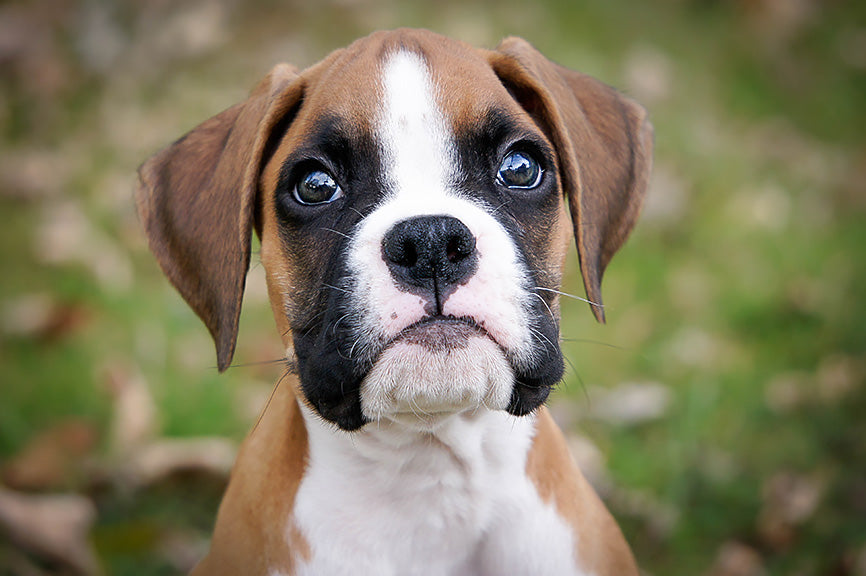
Watch a few videos of animal rescue and you’ll notice a pattern: officers and rescuers often approach a dog from the side (almost never upfront), and they always avoid eye contact. This is one of the most important things they practice in order to avoid panic biting incidents. It’s beneficial to teach your friends and visitors to do the same, especially if Rocky is extra shy.
3. What on earth IS THAT SMELL?
It’s a well-known fact that dogs have a much, much keener sense of smell compared to us humans. This is essentially why they make superb partners in crime fighting (aside from their mad criminal butt-biting skills) and rescue operations. So it’s a little disconcerting that most of us cannot arrive to the conclusion that if a canine nose can trace a missing girl’s smell from her shirt and track her down from miles and miles away, that same canine nose can smell that horrible, horrible cologne that you insisted on bathing with before choking him with a hug.
Whether it’s supposed to be a pleasant scent or not, too much of anything can be torture for your dog’s olfactory sense. Too much perfume on their shampoo, excessive fabric softener on their blankets and beddings, using a lot of air fresheners or incense sticks—these are as agreeable to your dog’s nose as a face mask soaked in ammonia.
Aside from cutting back on the excesses (and avoiding the putrid stuff altogether), it helps to make sure that your dog’s living space has enough ventilation to circulate fresh air. It’s not a bad idea either to provide an ‘escape room’ for him to retreat to if spraying around the house in unavoidable.
4. Picture this: Dogs and Kids
As much as we like to snicker and laugh at the crazy cat people photos online, let’s have a look in the mirror and admit to that one of things that keep the internet alive for dog lovers is peppering blogs and social media sites with those cute and hyperventilation-inducing dog pictures. Why not? It fosters camaraderie, immortalizes those precious memories with your beloved pooch, and shows the world how fun and perfect it is to live the life of a dog’s human.
And then there are those photos with kids.
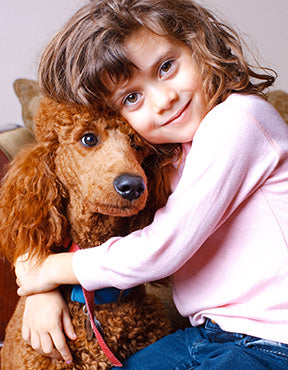 Hey now, kids are adorable. No one truly hates children. They’re the innocent pawns in the photographic nightmare of parents (or siblings) plopping toddlers or infants on dog faces and taking the photo. Most people would gush about how patient Spot is, and how he shows his love for his baby sister. But in reality, folks, what he’s showing is either the look of a very stressed out dog, one who’s struggling to control his more violent instinct, or something that you can caption with, “Three seconds to disaster.”
Hey now, kids are adorable. No one truly hates children. They’re the innocent pawns in the photographic nightmare of parents (or siblings) plopping toddlers or infants on dog faces and taking the photo. Most people would gush about how patient Spot is, and how he shows his love for his baby sister. But in reality, folks, what he’s showing is either the look of a very stressed out dog, one who’s struggling to control his more violent instinct, or something that you can caption with, “Three seconds to disaster.”
Not only is it uncomfortable for a dog to have someone use him as a footstool to capture a scripted picture of “Breakfast with the kids,” it’s downright dangerous. Hugging and riding a dog, no matter how small or light the person is, does not usually translate as love or affection. In fact, a dog putting his paws on top or another is a sign of an attempt at dominance.
Try to observe those photos online. A chill dog would have his mouth open, ears relaxed, and no whale-eyeing (when he looks sideways and the whites of his eyes are showing). Most of those dog-riding and ear-pulling photos would have his mouth clamped shut, ears folded back, and spot-on whale-eyes. So if you see someone doing this to their dog (since you surely wouldn’t do it yourself, right?) and see these warning signs, tell them to stop. No, Barney’s not keeping still because he’s posing for the camera, he’s uncomfortable and he’s looking for an opportunity to run away. Or bite.
5. When hello = Boo!
Have you ever had someone you didn’t know suddenly come up to your face and start touching you all over and talking to you nose to nose?
No? Well that’s because it’s considered unacceptable human behavior. Now to put it in perspective, let’s make that rude, scary, unsettling, and touchy stranger around eight times bigger than you, and now you know how your dog feels when a strange human greets him.
Proper introduction and good first impressions are the fundamental factors of good relationships—no one likes starting off on the wrong foot, or in this case, face. This is one of the most common things that we overlook when we, do our walks in the park, or join puppy playtimes. Letting unfamiliar people spontaneously approach your dog when outdoors, or even at home with visitors, is a stressful experience for your canine friend.
Make it a habit of asking strangers to crouch down by your dog’s side (NEVER hovering and bending over their heads), and gently let little Princess sniff their hand before any touching or stroking. If she decides she doesn’t like the new company and moves away, it’s best to just let her take her time and get to know her new friend better.
6. Rude awakenings
Humans absolutely loathe being startled into waking up from sleep, and dogs are no different. They often translate waking up suddenly with responding to threat and danger, and they may react by snapping. Besides, why would anyone do it to a sleeping dog at all? 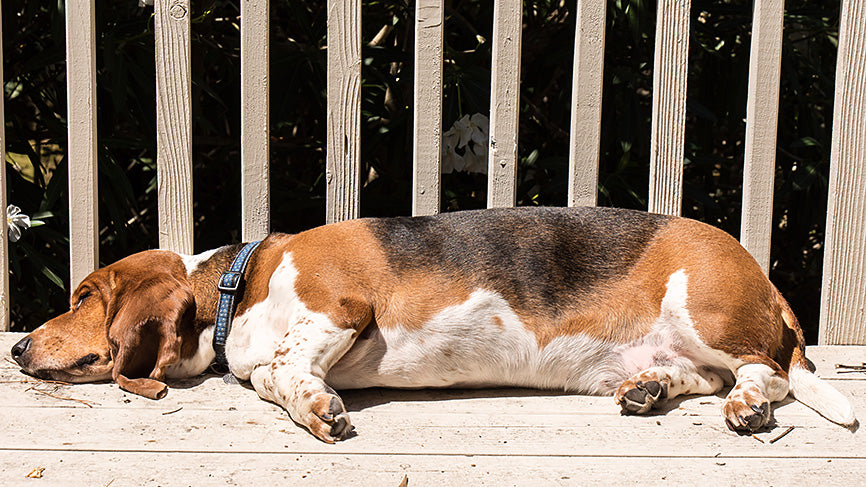
Be sure to gently remind your kids or young visitors to never shake a dog up to wake him, or make sudden loud noises that may disturb and frighten him. This goes especially for sick and old dogs, who sleep more deeply, and may not sense or hear anyone approaching them.
7. Leash lessons
For most dogs, walks are the highlight of any day. It’s also part of being a responsible guardian to ensure that our pooch gets enough exercise and enrichment through outdoor exploration and moving around.
One of the biggest and most common problems with dog walking, though, is tugging and straining and, ultimately, a tighter leash. Most dogs get overexcited and hate the restriction of being tethered to you, and a tug of war soon starts. You end up with a sore arm, a less happy disposition, shorter walks and eventually, a shorter leash.
Not only does it make your exercise time unpleasant, it poses health risks to your dog as well. The constant pulling and tension could cause breathing problems, chafe or burn his skin, and strain his muscles. Shortening your leash for more control does not remedy the situation—it only frustrates your dog more and worsens the struggle every time you go for a walk.
Training loose leash walking is necessary to improve your outdoor experience with your dog, and improve your bonding and exercise time. One proven and easy method of preventing the start of pulling against the leash is constantly changing directions and speed, so your pooch is keeping up with your pace, and not the other way around. Varied intervals of asking him to look at you and rewarding eye contact with some tasty treats also ‘resets’ your dog once he starts tugging.
8. Breaking the routine: breaking the heart
Dogs are social creatures, and they live for and always look forward to spending time with their humans. Their lives revolve around the habits that we establish: morning feeding, potty time, walking out, training time, dinner, cuddle time—these routine events make a dog’s life complete and content.
Once you’ve set up a routine for your dog’s daily activities, it is very important that you stick to it everyday and create contingency plans if you can’t, for any reason at all. Why? Here’s the thing: Sugar doesn’t understand that you’re working overtime so she can’t go to the park today. Blackie doesn’t know that you’re hung over and you simply cannot open your eyes, let alone walk out of the bedroom to go to the kitchen and feed him this morning. And Matilda doesn’t get that you’re working on the DIY renovations in your garage and you can’t walk her out this afternoon. They may very well think that you’ve abandoned them and left them to fend for themselves.
Leaving them to guess why things aren’t happening during the time they’re supposed to happen is stressful and unsettling for dogs. Lack of structure and system often leads to destructive behavior such as chewing on furniture or eating poop. It can even cause stress-related illnesses.
Something as simple as asking a friend to take over walking duties when you can’t stay home to exercise your dog, or letting the rest of the household know the correct feeding time will ensure that nothing disrupts your canine buddy’s schedule, and provide a consistent and enriching environment for him.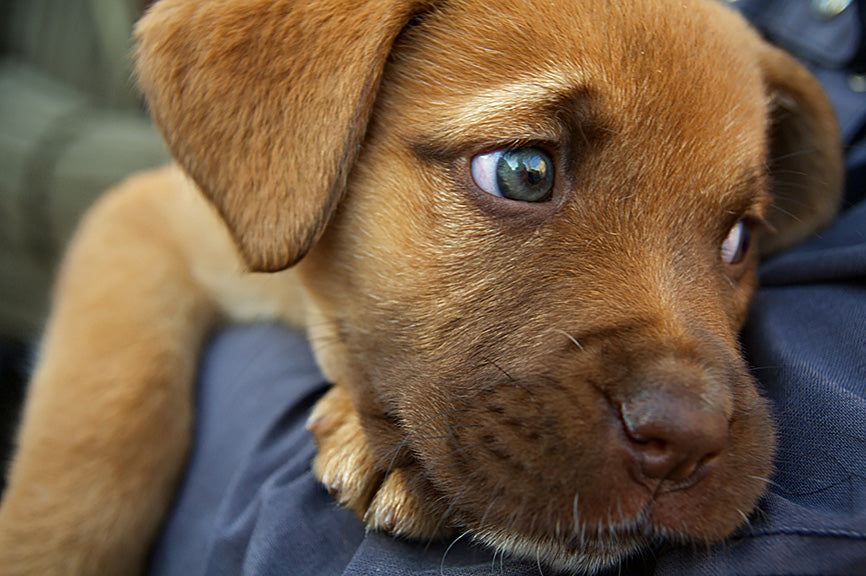
Don't stop the love train.
The number one thing you need to remember if you want to keep your dog happy is love. Lots and lots of love. Being such social creatures can be a blessing and a curse, because if you can't be there for your pet every day they will feel it and it will hurt. So just don't ever stop loving.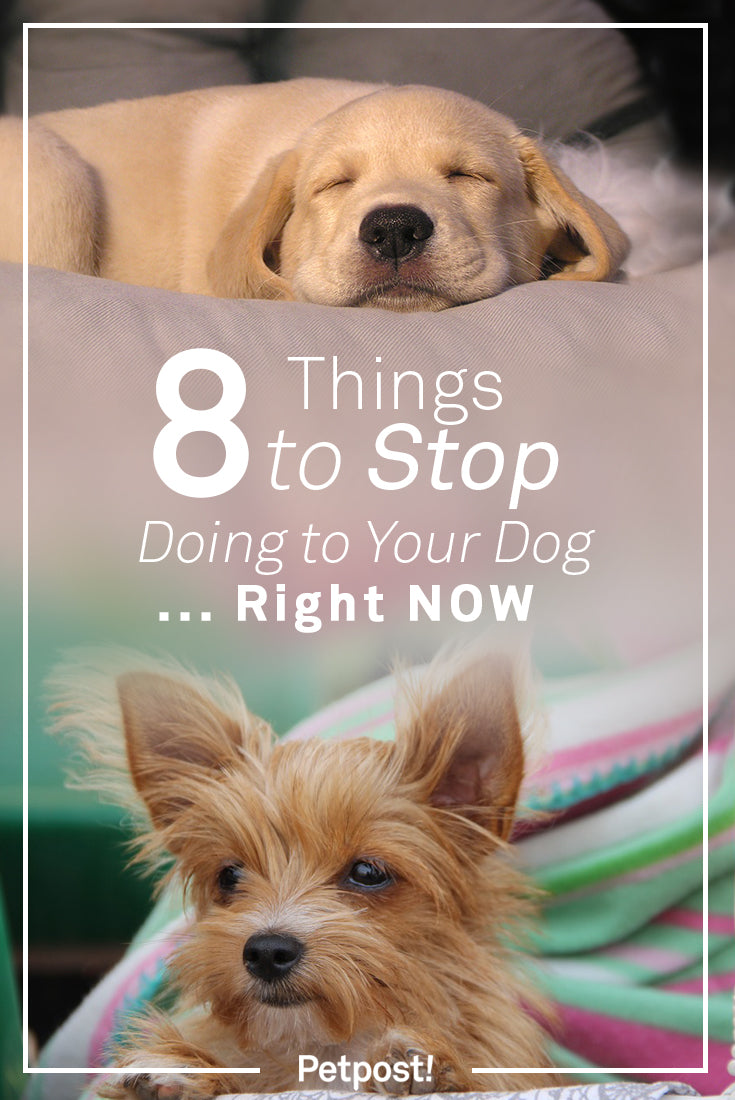


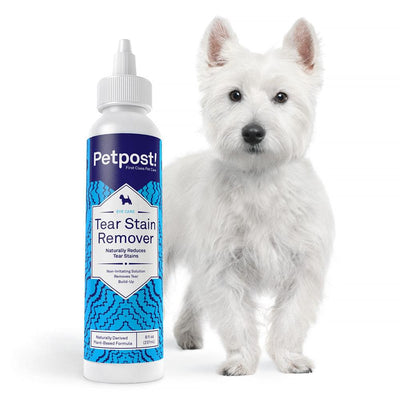
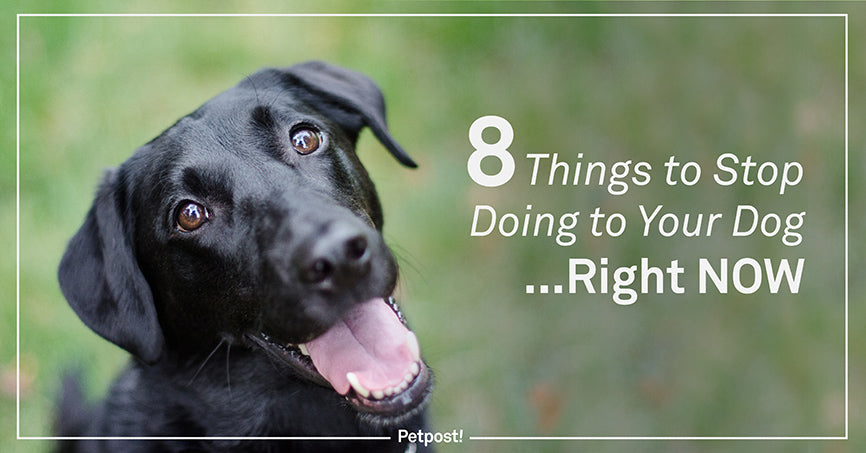






Agree, great information. Basic obedience and rotating them having different places to spend their day. Rotation is the foundation to communication, is my moto to the novice.???♥️♥️♥️
Leave a comment